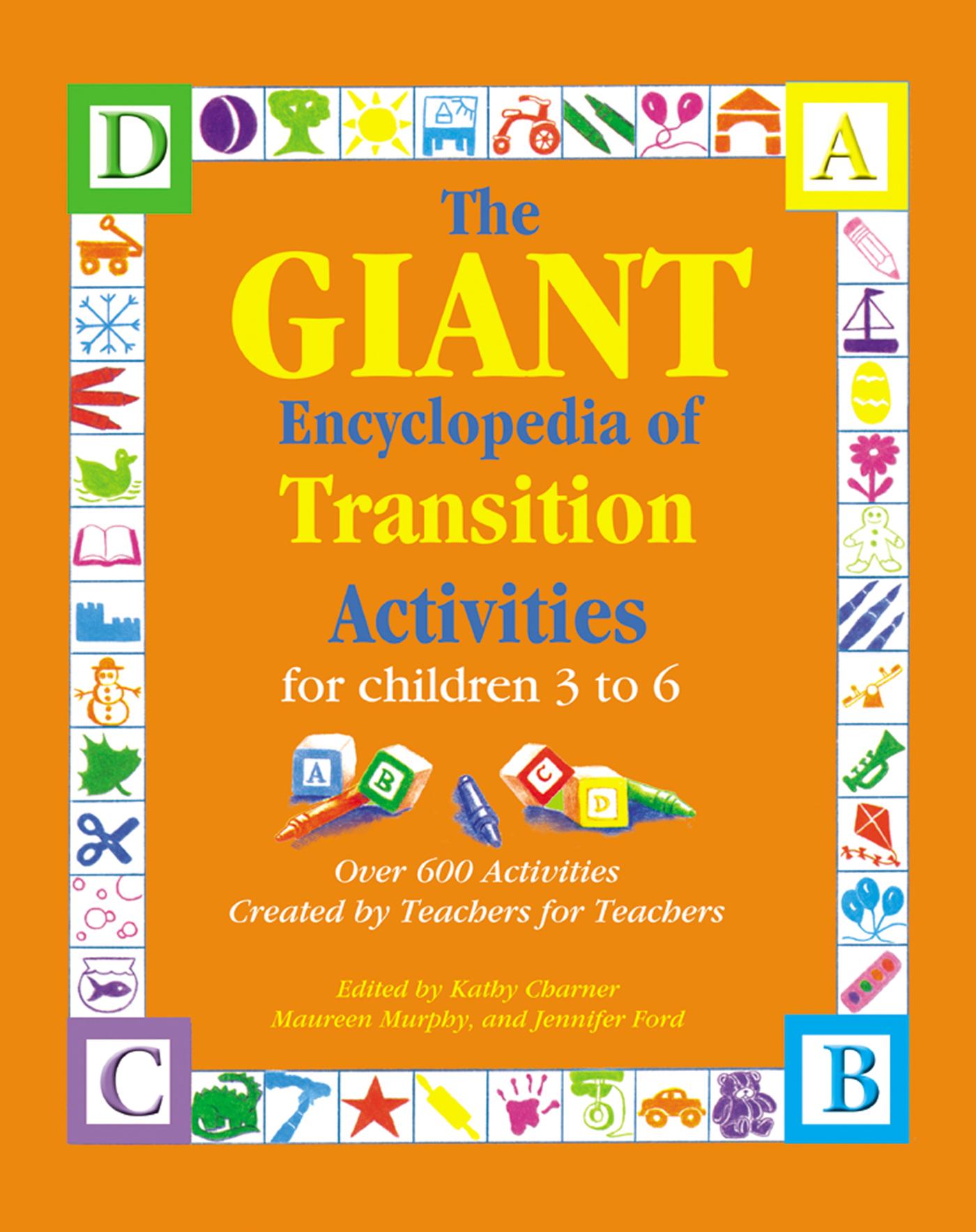Materials
- 2 square boxes
- newspaper, optional
- tape
- paper
- scissors
- markers or crayons
- contact paper
What to do
1. Tape the boxes closed to make cubes or dice. (Before taping, stuff the boxes with newspaper to make the boxes sturdier.)
2. Cut pieces of paper to fit each side of the box. Make one set of papers for each box.
3. Make a number die with one cube. Write the numbers 1 to 6 on each piece of paper (one number per piece), tape one number to each side of the cube, and cover each side of the box with contact paper.
4. Make an "action die" with the other cube. Draw six different icons for actions (jump, hop, jumping jack, clap, blink, and so on) that the children can accomplish on the remaining pieces of paper (one action per sheet).
5. Tape an action icon to each side of the remaining box and cover it with contact paper.
6. When transitioning to another activity, have two children each roll one of the dice. They then do the number of actions shown on the dice (three blinks, two hops, four jumping jacks) before moving to the next activity. Try to allow each child to have a turn to roll a die.
7. If you are rushed for time, have two children roll the dice for a small group of children to perform. Repeat this transition activity (throughout the day, if necessary) to give each child an opportunity to roll a die.
More to do
- Replace the numbers with dots so that the child has to count to figure out how many actions to perform.
-Ann Kelly, Johnstown, PA
Instructions
1. If you find yourself waiting as you transition from one activity to another,
challenge the children to help you make up some silly songs to familiar
tunes.
2. Start by singing something silly to a tune you are sure the children know. For
example, sing this song to the tune "Twinkle, Twinkle, Little Star."
Sprinkle, sprinkle, little rain
I can't find the mud again.
I thought it was here and I thought it was there.
Turns out it's not anywhere.
Sprinkle, sprinkle, little rain
Help me find the mud again.
3. Sing the tune again and pause at certain points. Ask the children to fill in
where you pause. For example:
Sprinkle, sprinkle, little rain
I can't find the (pause)
4. Ask the children to name something to fill in the blank.
5. Continue the song using what the children have suggested. For example:
I can't find the CHEESE again.
I thought it was here and I thought it was there
Turns out it's not anywhere
Sprinkle, sprinkle, little rain
Help me find the cheese again
6. Continue until you run out of time or all the children dissolve into a fit of
giggles.
7. Additional examples of silly songs are:
(Tune: "Mary Had a Little Lamb")
Janie had a little shoe, little shoe, little shoe.
Janie had a little shoe and didn't know what to do.
She took it off and put it on, put it on, put it on.
She took it off and put it on, then threw it on the lawn.
(Tune: "BINGO")
There was a child who liked to sing and SINGO was his name-o
S-I-N-G-O,
S -I-N-G-O,
S -I-N-G-O.
And SINGO was his name-o.
(Or substitute a child's name in this song)
Choose a familiar tune and sing nonsense words to it. Don't try to sing actual
words, just make up sounds to fit the tune. The children will enjoy trying to
keep up with you and it will be great fun for all.
Music and Movement: Record your new song and put the tape in the music
area of the classroom.
More Music and Movement: Make up a little dance to go along with your
song. Everybody dance together!
Story Time: Ask the children to draw illustrations for the songs. Print the words
under the pictures. Create a front and back cover and bind the pages together
into a cute little book. Use a copier to make a copy for each child.
